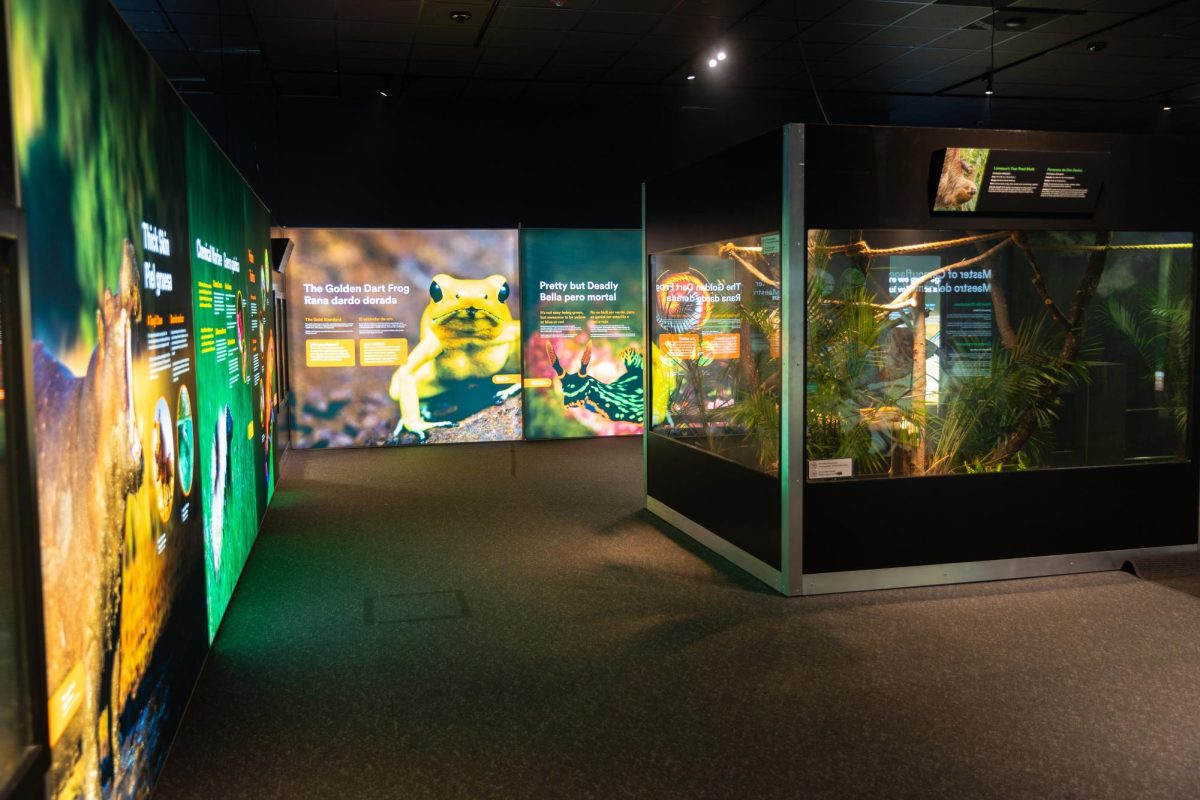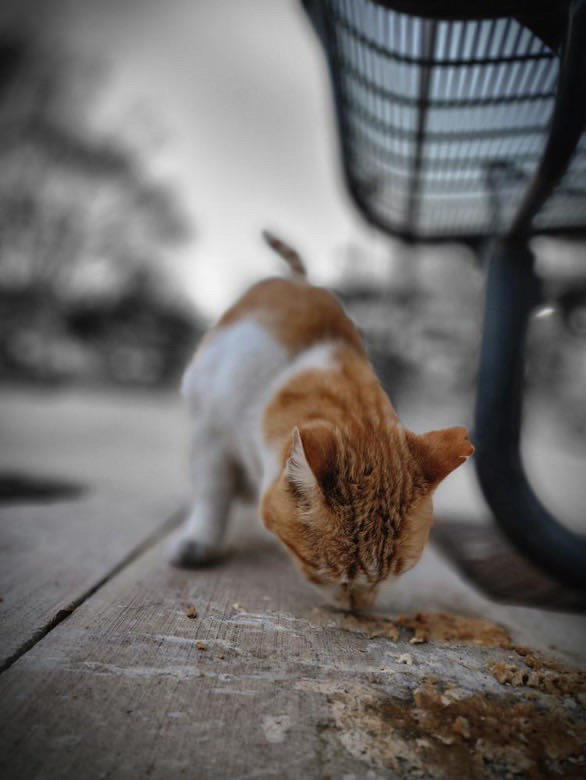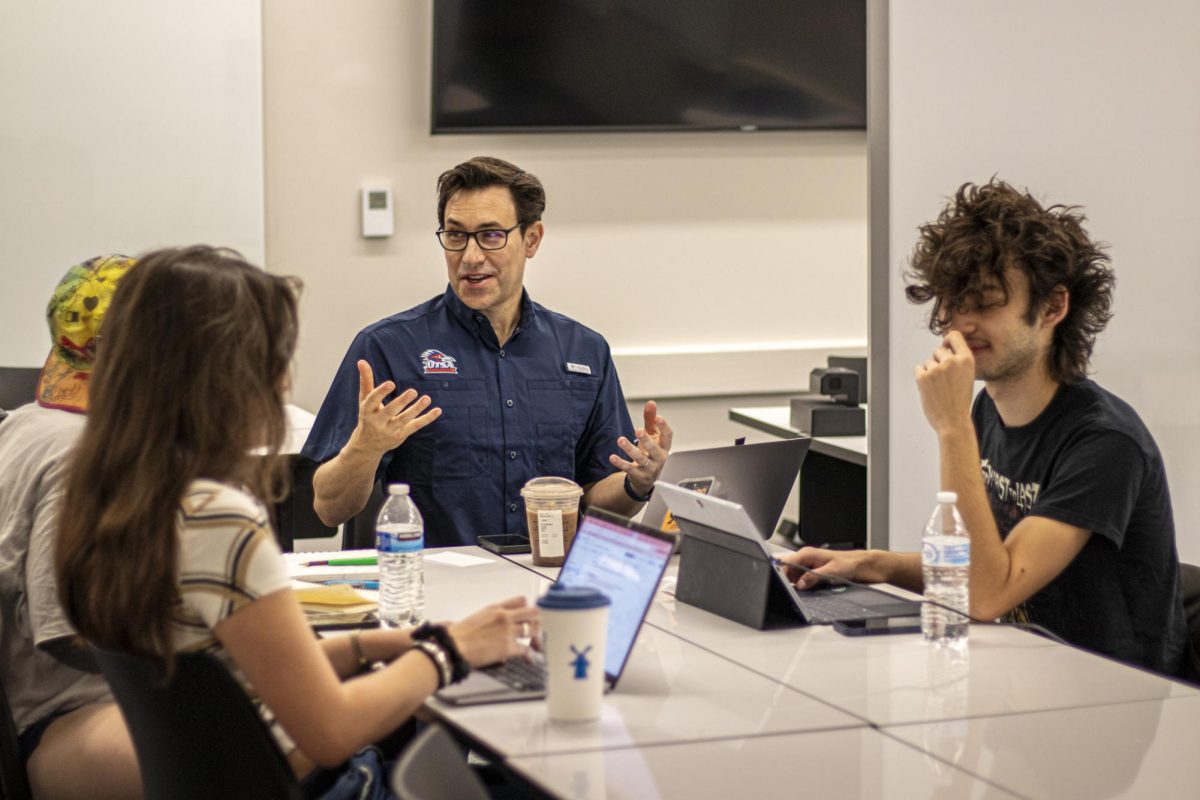The Witte Museum’s latest exhibit, “Staying Alive: Animal Defenses,” takes visitors on an exciting journey into the wild, exploring the fascinating survival strategies of animals in the natural world. This dynamic exhibit brings the animal kingdom to life, featuring 17 live animals and larger-than-life sculptures of different animals, offering an immersive experience for visitors of all ages. From the tiny, toxic bumblebee dart frog to the laid-back sloth, the exhibit highlights how animals, both large and small, use intriguing defenses to protect themselves from predators.
Upon entering the exhibit, visitors are greeted with live snakes and bullfrogs in their natural habitats. Next to each animal, detailed information explains the various defense mechanisms these creatures use to fend off predators in their specific environments. As guests continue their journey, more live animals line the walls, leading to the centerpiece of the exhibit: the sloth, the largest living animal in the space.
The room is filled with vibrant visuals and educational displays showcasing the diversity and creativity of the animal kingdom’s survival tactics. Fun facts and engaging information reveal the fascinating ways these animals protect themselves, from poison and venom to camouflage, mimicry and even autotomy — the ability to shed body parts to escape danger. Visitors will discover how each species has adapted to its environment, ensuring its survival in the wild.
One of the most intriguing creatures in the exhibit is the bumblebee dart frog. Despite measuring only one to one and a half inches in length, this small but mighty amphibian is deadly. Its bright yellow coloration serves as a warning to predators that it is poisonous and could pose a threat. A fun fact about these fascinating frogs is that their poison comes from the ants they consume — if they stop eating ants, they become less poisonous.
Another captivating defense strategy on display is mimicry. One of the best-known examples is the octopus. These alien-like organisms can alter their color, texture and body shape to blend into their surroundings or mimic other animals. Even more impressively, octopuspi can learn new patterns and colors, including man-made ones, in just minutes.
Each animal in the exhibit tells its own unique story through its defense mechanisms. Animal experts also give live presentations, showcasing different animals each day. Visitors have the opportunity to see, touch and learn about these creatures up close. On the day of our visit, the experts introduced a bullfrog and a ball python, giving guests a chance to engage with the animals in a more personal way.
“Staying Alive” is an excellent activity for families, school groups and animal enthusiasts alike. Whether visitors are fascinated by poisonous creatures, camouflage or the secrets of survival, there is plenty of information to enjoy and learn.
The exhibit runs from March 1 to Sept. 1, and is located in the Kathleen and Curtis Gunn Gallery. The Witte is approximately a 20-minute drive from the Main Campus.










